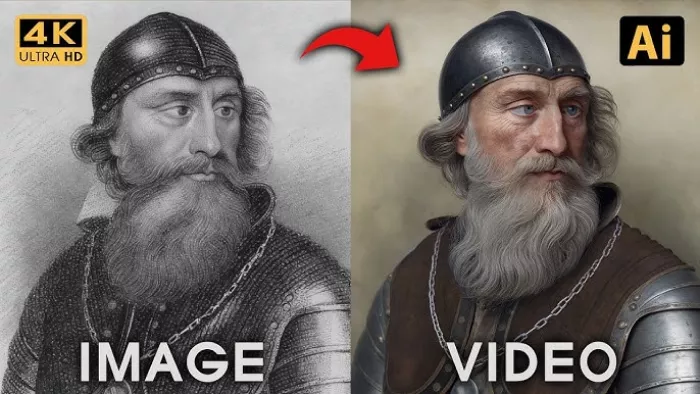
In a fascinating convergence of cutting-edge artificial intelligence and historical research, the forgotten visages of 19th-century Welsh convicts transported to Australia are being brought back into the light. This groundbreaking project utilizes advanced AI tools to reconstruct the probable appearances of individuals whose lives were largely unrecorded beyond official documents, offering an unprecedented glimpse into a poignant chapter of human history.
For centuries, our understanding of historical figures has been shaped by etchings, paintings, or faded photographs – if any existed at all. Now, the power of AI is revolutionizing how we connect with the past. Researchers are meticulously combing through an array of historical records, including prisoner manifests, detailed physical descriptions, and even photographs of living descendants. This rich dataset serves as the raw material for sophisticated AI facial reconstruction software, allowing for the creation of compelling digital renditions of these long-gone individuals.
The project, focusing specifically on Anglesey prisoners, demonstrates the incredible potential of AI facial reconstruction history. By analyzing countless facial features, skeletal structures, and genetic markers inferred from descendants, the AI algorithms generate a highly probable likeness. This isn't just a digital sketch; it's a deeply researched endeavor that blends the rigors of historical scholarship with the analytical prowess of machine learning. The goal is to answer the age-old question, 'what did historical figures look like AI can now provide a compelling answer to?' in a way never before possible.
The human impact of this technology is profound. These aren't just names in dusty archives; they are individuals with stories, struggles, and faces that are now being revealed. The ability to see the 'convict faces AI technology' has recreated offers a powerful, empathetic connection to those who endured the harsh realities of transportation to Australia. It adds a tangible dimension to historical narratives, making the past feel less distant and more relatable for contemporary audiences. Imagine the possibilities for classrooms and museums, where visitors could truly come face-to-face with history.
Beyond the immediate visual appeal, this initiative underscores the transformative role AI can play in various academic disciplines. From archaeology to anthropology, the capacity of AI to process vast amounts of data and identify patterns unseen by the human eye opens new avenues for discovery. While ethical considerations surrounding historical accuracy and representation are always paramount, the potential for AI to enrich our understanding of past lives is undeniable. These 'historic portraits AI' generate are not definitive photographs, but rather highly educated estimates, sparking conversations and deeper research into individual biographies and societal contexts.
As this project continues to unfold, we anticipate more incredible revelations. The use of AI brings history to life in a vivid and immediate way, bridging centuries with pixels and algorithms. It’s a testament to how modern technology can serve as a powerful tool for remembrance, education, and fostering a deeper appreciation for the human journey through time.


Comments